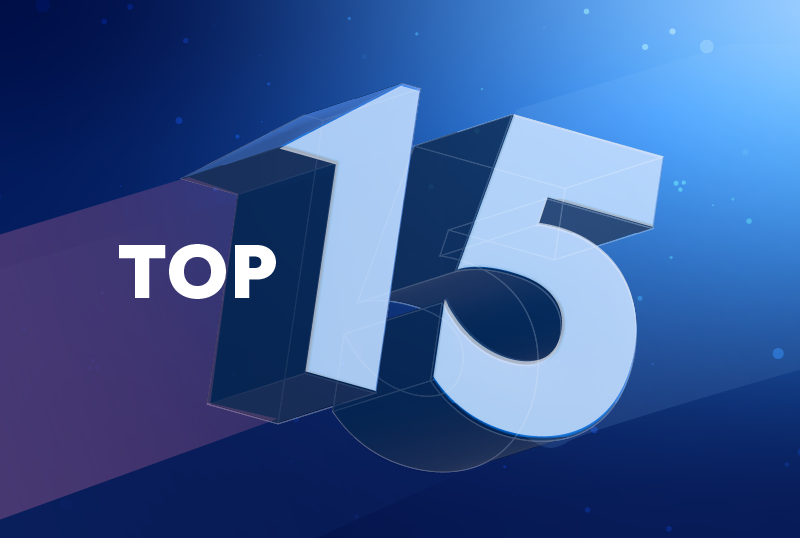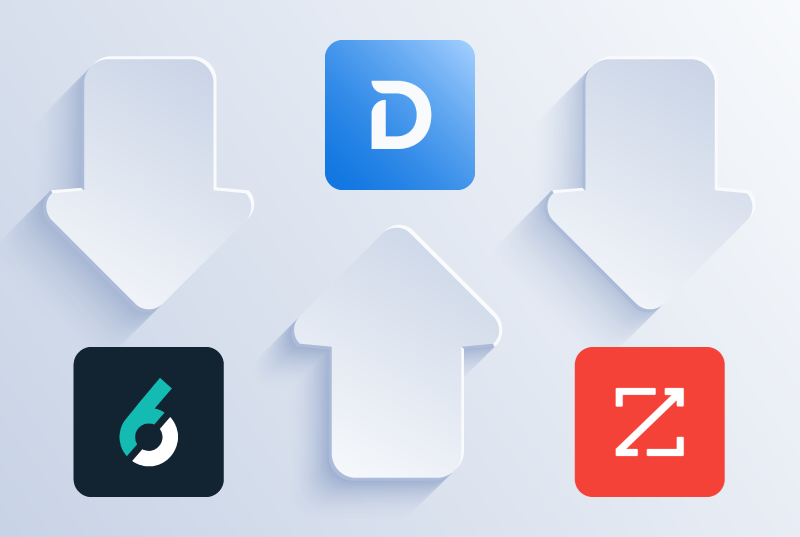Demandbase DSP Turns Up the Volume for Connected TV
Unearth the game-changing impact of Connected TV on advertising and how Demandbase is driving this revolution

If you’ve been paying attention to recent trends in advertising, you’ll have noticed that the growth of Connected TV has been the standout medium associated with some of the shifts we’ve seen in our post-COVID habits.
As our eyeballs have moved from linear (i.e. traditional, live) TV to a more streaming-based consumption pattern, so have the advertiser budgets. Similar to what we saw with mobile in the 2010’s, there has been some lag between where the audiences are and speed of budget reallocation, but every indicator shows that viewers, time spent, and budgets are starting to rise in tandem –– which we can see in this recent eMarketer chart.

What does this mean for advertisers?
Some of the biggest hurdles preventing most brands from advertising on traditional TV were cost, targeting, and measurement. Spend minimums were out of reach for most businesses; in an increasingly digital world where audience targeting is the norm and ability to measure performance from those specific users is expected, the massive gaps in traditional TV just seemed less and less acceptable.
Enter Connected TV and the CPM model familiar to digital media buyers where you pay a predictable and affordable cost per thousand impressions to reach a narrower and much more custom audience. Brands can now advertise just to the content categories they feel match their target buyers with other controls like geo and time-of-day and, of course, the ability to get more granular than that based on levels of sophistication around data and other inputs. In fact, a study by MNTN showed that two thirds of CTV advertisers had never run a campaign on traditional TV.
The benefits don’t stop there… multiple studies show increased recall on other paid channels like display, social and search post-launch of a CTV campaign, not surprisingly associated with the sight, sound, and motion impact of a video ad on a large screen that is highly relevant to the viewer.
What does this mean for B2B advertisers?
The CTV evolution to date has been dominated by the B2C segment, initially focused on brand/awareness with a lot of DTC (direct to consumer) companies leveraging the relative cost-effectiveness and targeting capabilities mentioned above. Some B2B advertisers have smartly repurposed existing video assets used on the web and/or traditional TV to dip their toes into CTV, but it has been limited and so far executed primarily on B2C ad tech.
As with other digital media –– display, native, web video, etc. –– the capabilities and customizations of B2C tech are not built with B2B in mind, so using a programmatic buying platform that understands business buying cycles, buying groups and the concept of account-based advertising is a critical differentiator (see more here on why having a B2B DSP matters).
What does this mean for Demandbase customers?
Connected TV is largely an IP-driven targeting environment… there are no cookies on a TV, unless you’re still into Sesame Street. This means having a partner with deep data resources and expertise in IP-based account associations is a key differentiator. Demandbase can confidently reach users from your target accounts and, as with our display, native and web video delivery, you can trust your message will only be delivered in appropriate environments next to brand-safe content.
Because Demandbase’s B2B DSP, Piper, is seamlessly integrated to our ABX platform, you can also be sure that intent-based account selection and prioritization and how those accounts move in and out of campaigns based on your customizable settings will inform your CTV campaigns in coordination with your other paid media.
Your buyers are watching. We can help you reach them. Time to switch the channel.

Related content



